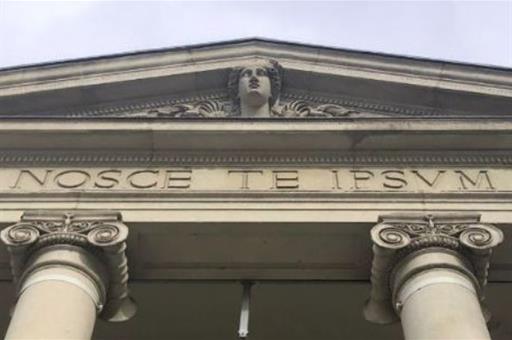National Museum of Anthropology presents 'Mural, a collaborative virtual museum of Coronavirus times'
News - 2020.8.6
This exhibition provides the space in which to show a collection of documents and testimonials raising awareness of the social response to the pandemic caused by COVID-19. Since lockdown, various platforms have been used to ask the public to take part in this project and express how people are living this new situation. 'Mural' is somewhere for anyone to show their own perspective on this collective experience.
This virtual exhibition seeks to reflect the changes, feelings, emotions and, in short, experiences from a pandemic that has changed our way of life.
The project comprises four main rooms, one activities room and another reflection room.
The first room is the 'Windows on the World', a collection of diverse realities and perspectives from a society forced to confine itself. These windows were the only contact people had with the outside world for months and represent a complete metaphor for their living conditions when life is reduced to the four walls of their home. A special section of this room entitled 'Windows of Beatriz del Campo' contains a specific selection of windows and 35 videos from various corners of the world.
'Personal Heritage' is the name of the second room and contains videos from people asked to present objects that have gained relevance in their lives during lockdown, tying them to the values that lie behind heritage and that make something worth preserving either for its functional value or emotive connotations.
The third room focuses on the period of de-escalation under the name of 'New Ordinariness' with photographs by 'volunteer reporters' that reflect what has changed for them after going outside again and walking the streets of their cities and towns. The emotional tension that accompanied and still accompanies those transitions is palpable in these photographs.
Entitled 'The New Otherness', the fourth room is aimed at turning our gaze inwards, towards our physical appearance and identity as people; just as wearing a face mask has changed our faces by hiding many of the features that define us and help us express ourselves.
The virtual space also has an activities room containing the response from children and families. Finally, the reflection room is entitled 'Anthropology for Critical Moments' and is where people can read articles by anthropologists, artists and professionals from the world of museums and culture reflecting on the social changes brought and to be brought in the future by this pandemic.
'Mural' is not a closed project. The rooms remain open and whoever wants to collaborate can continue to do so by sending in their photographs, videos, drawings or any other expression that speaks of these complicated months.
'Mural' can be found on the museum's website and also forms part of an initiative by the House of European History of the European Parliament.
Non official translation





